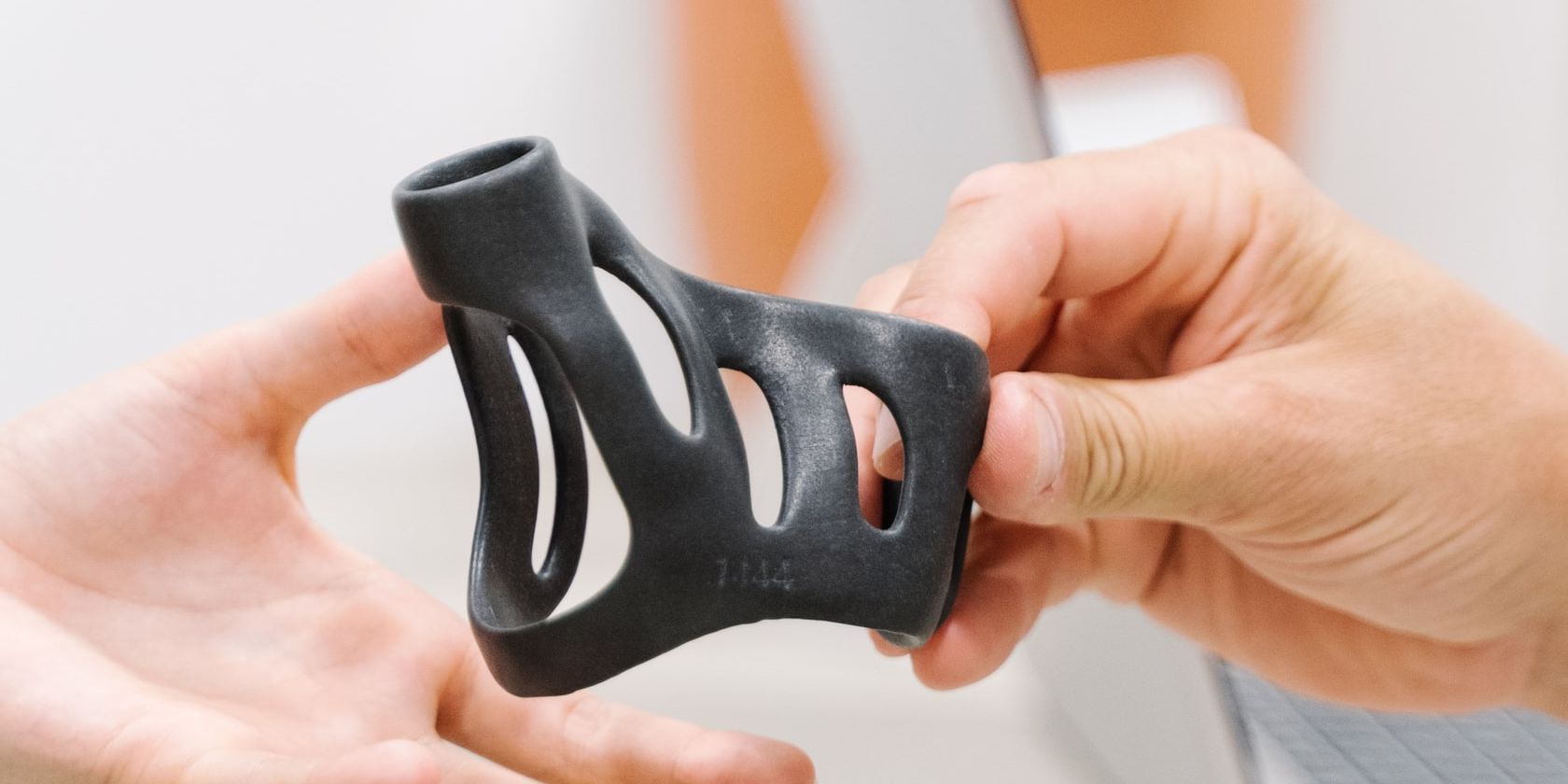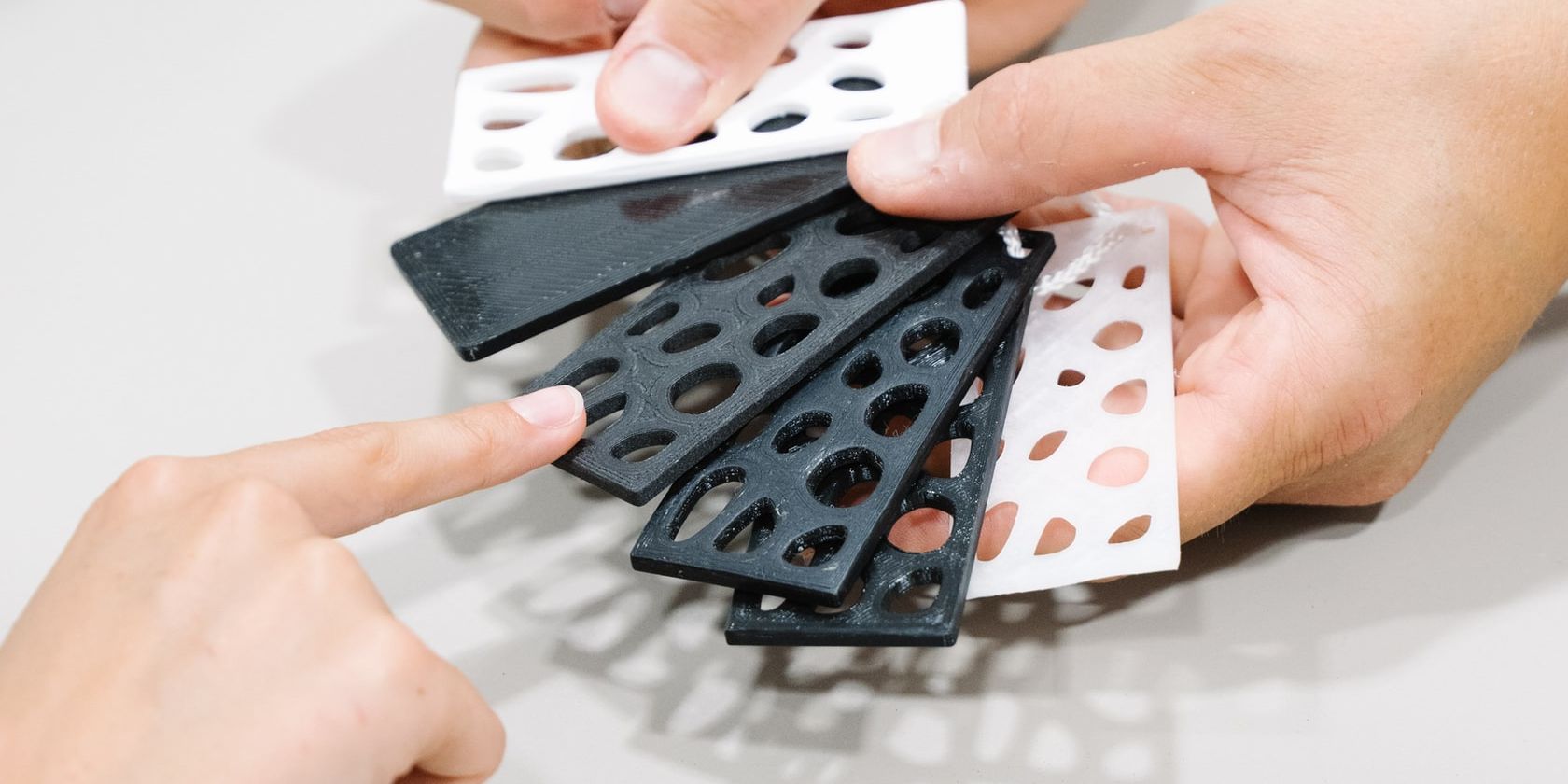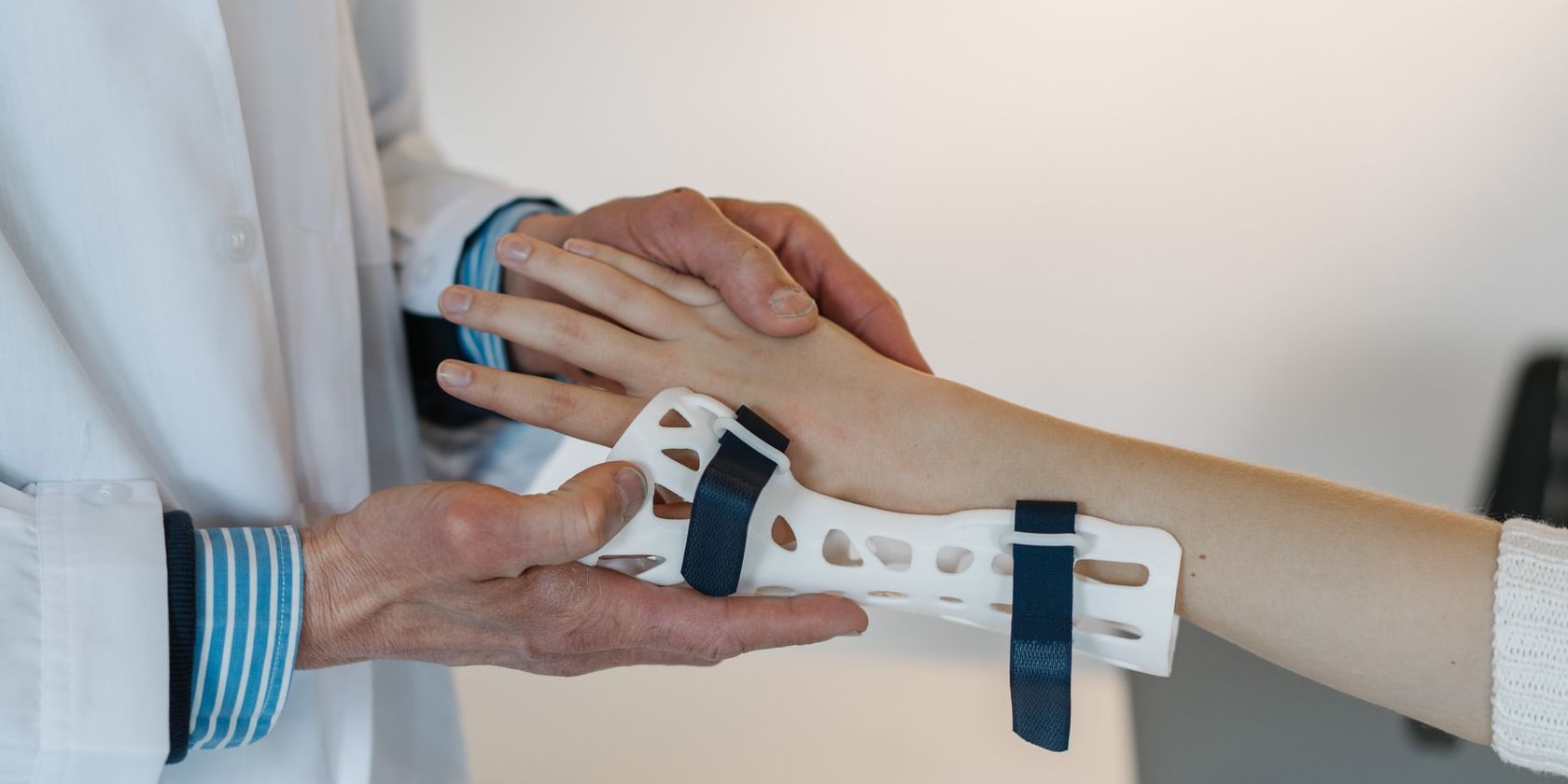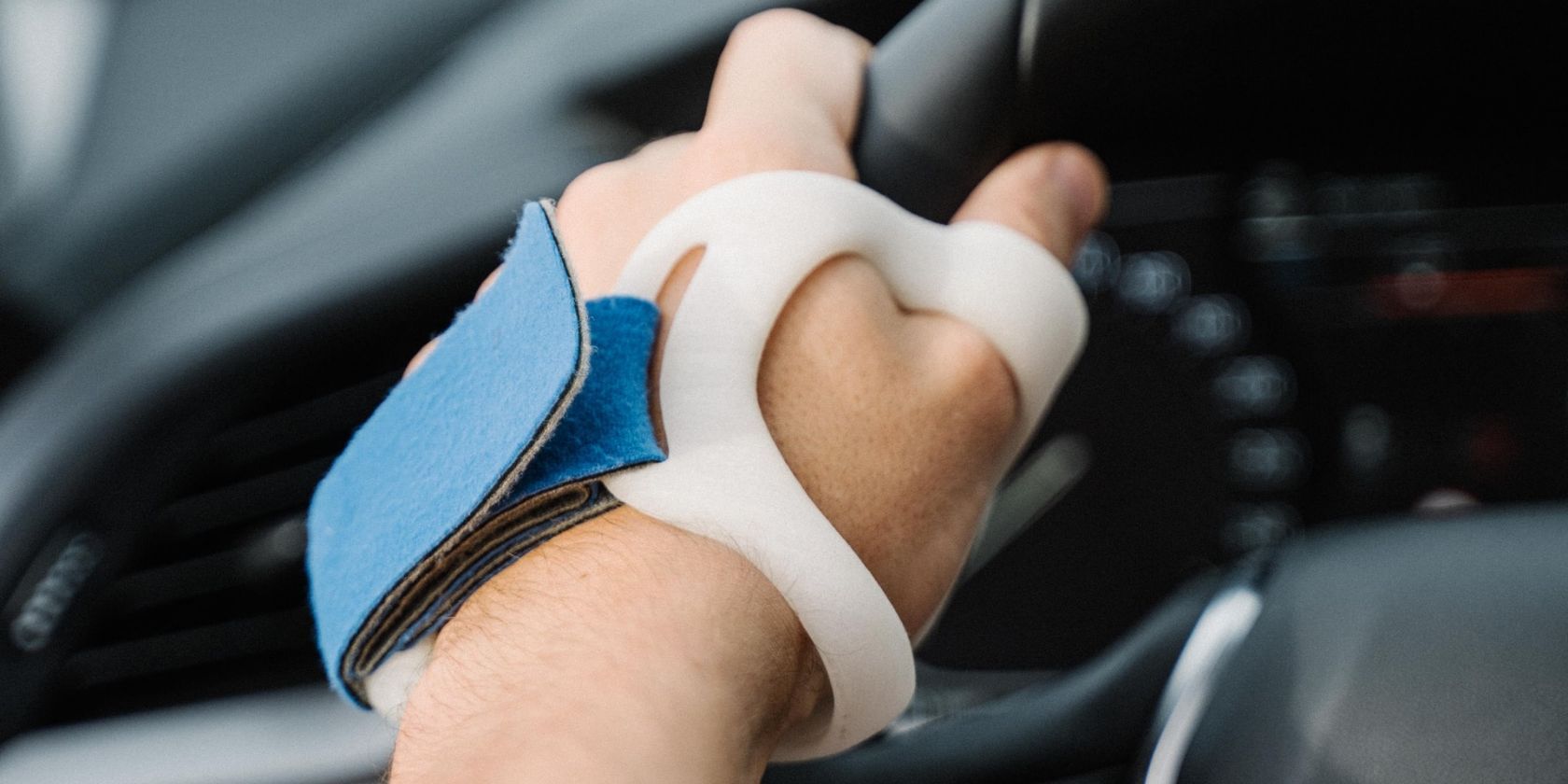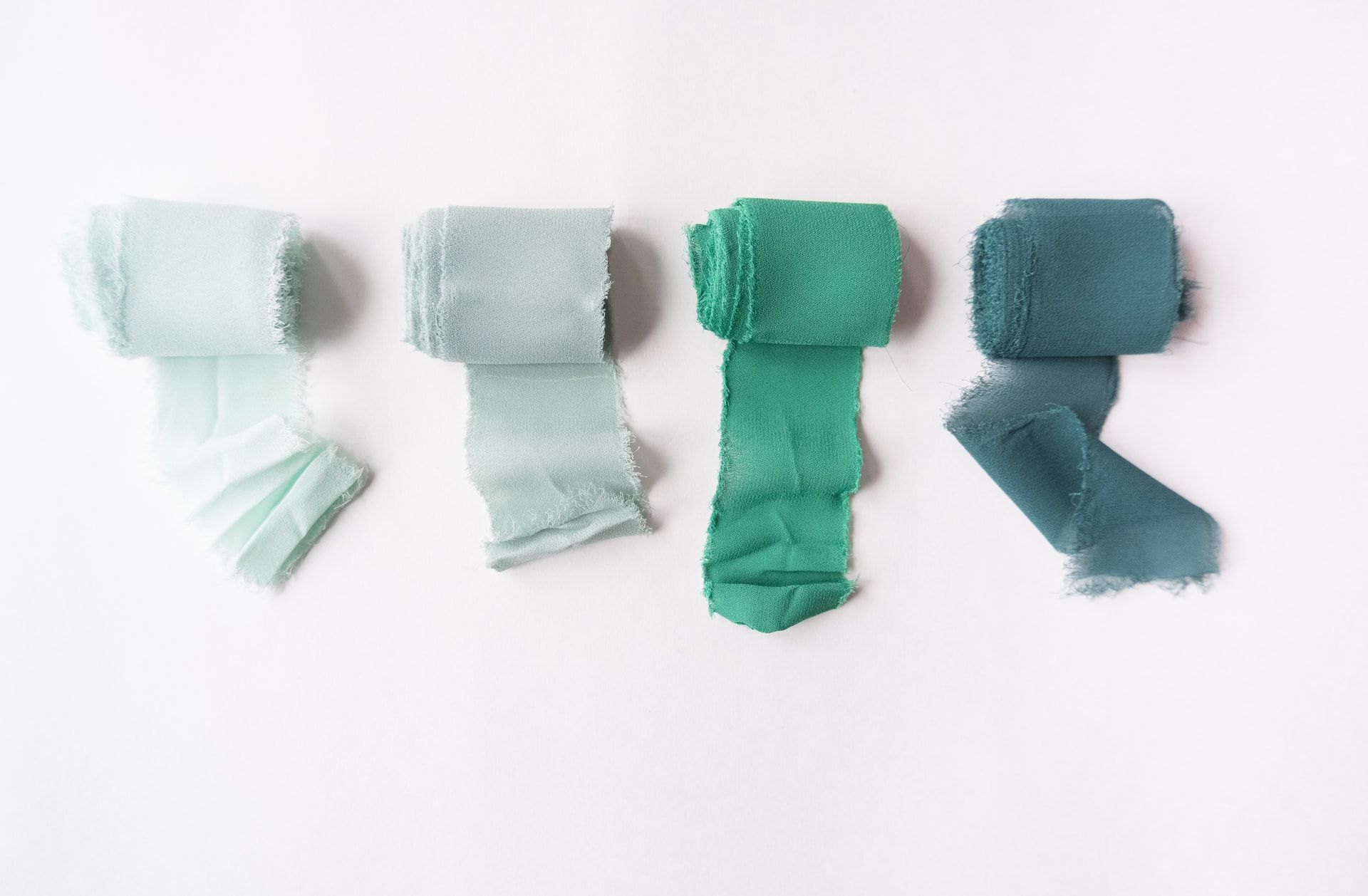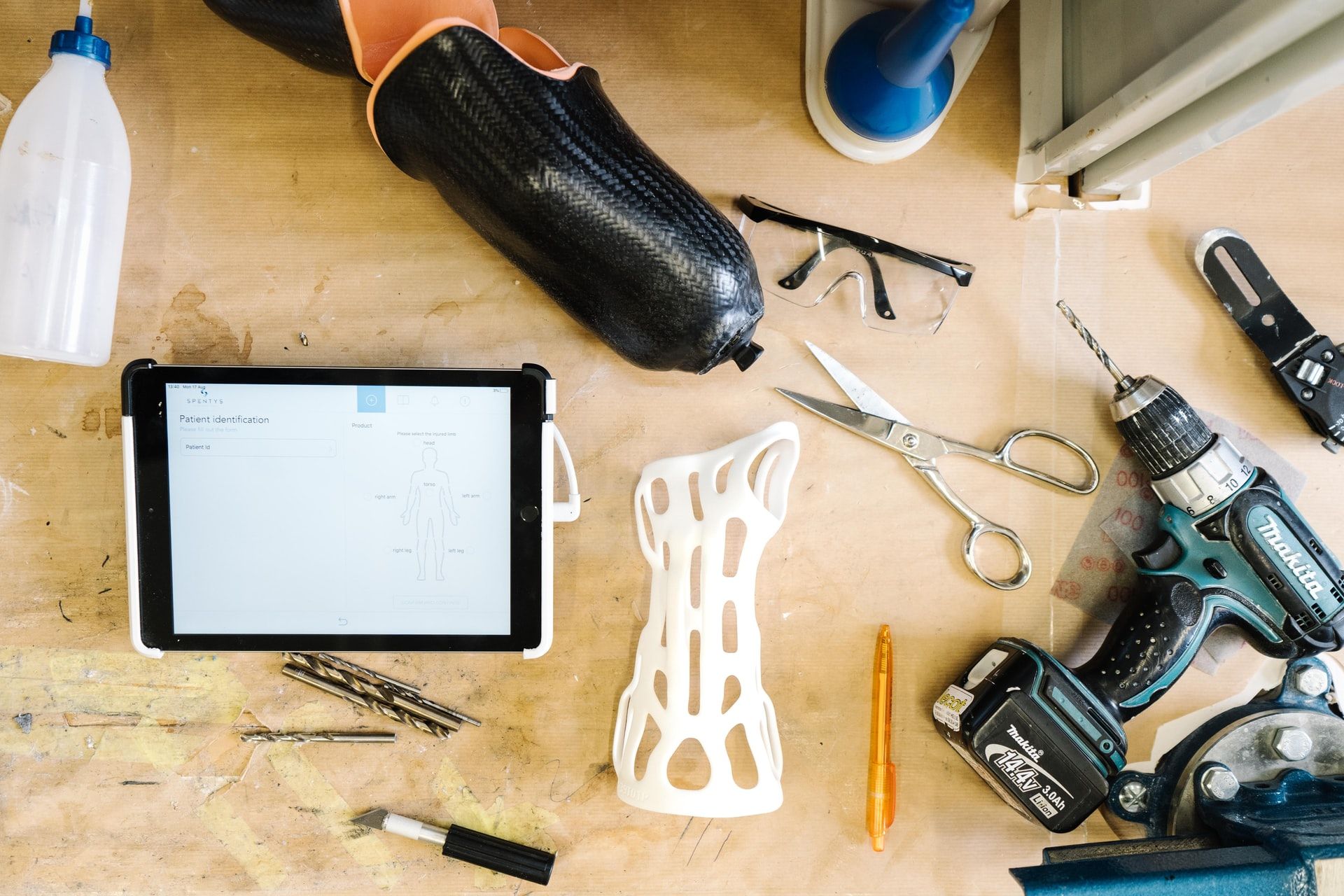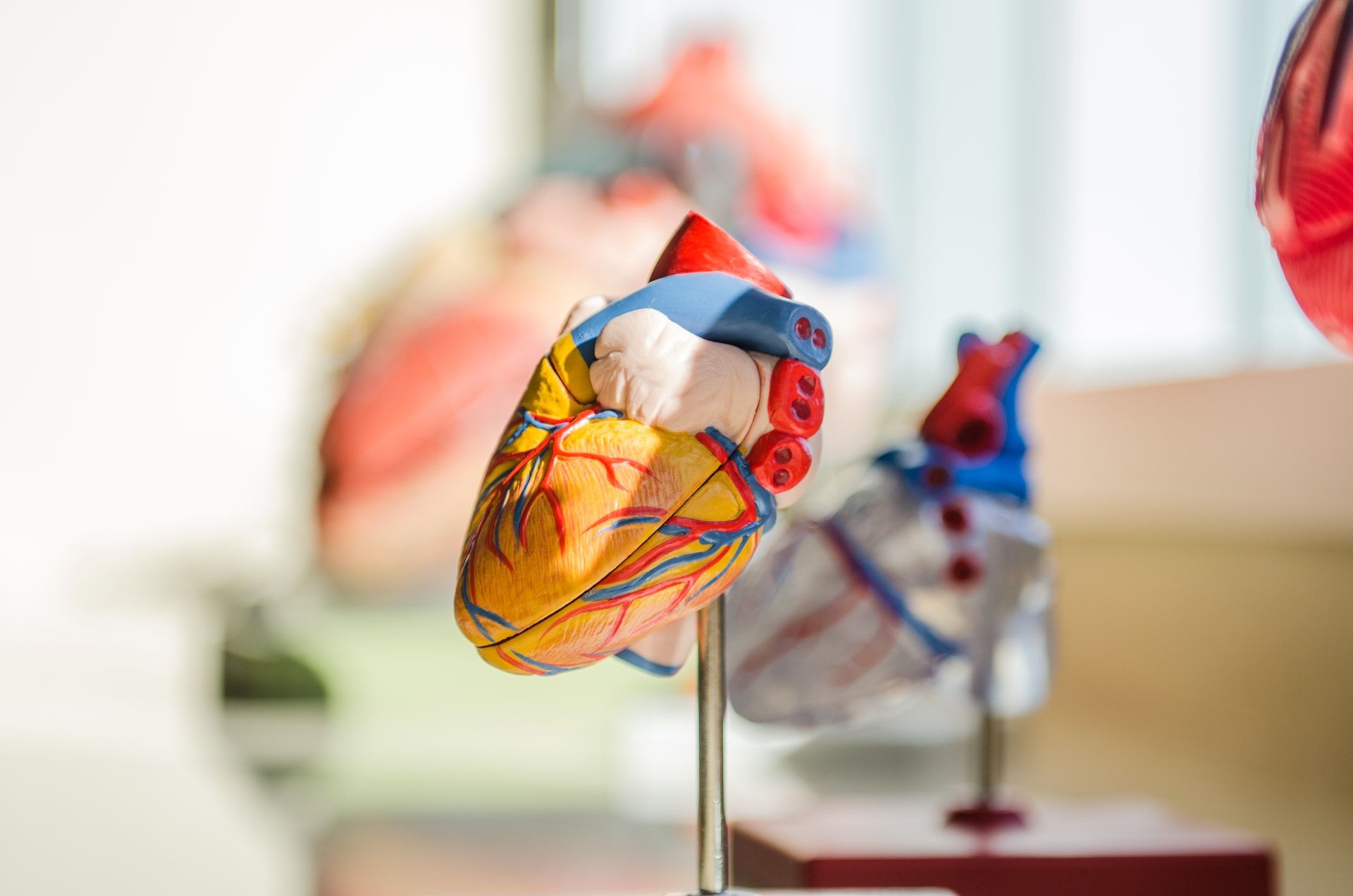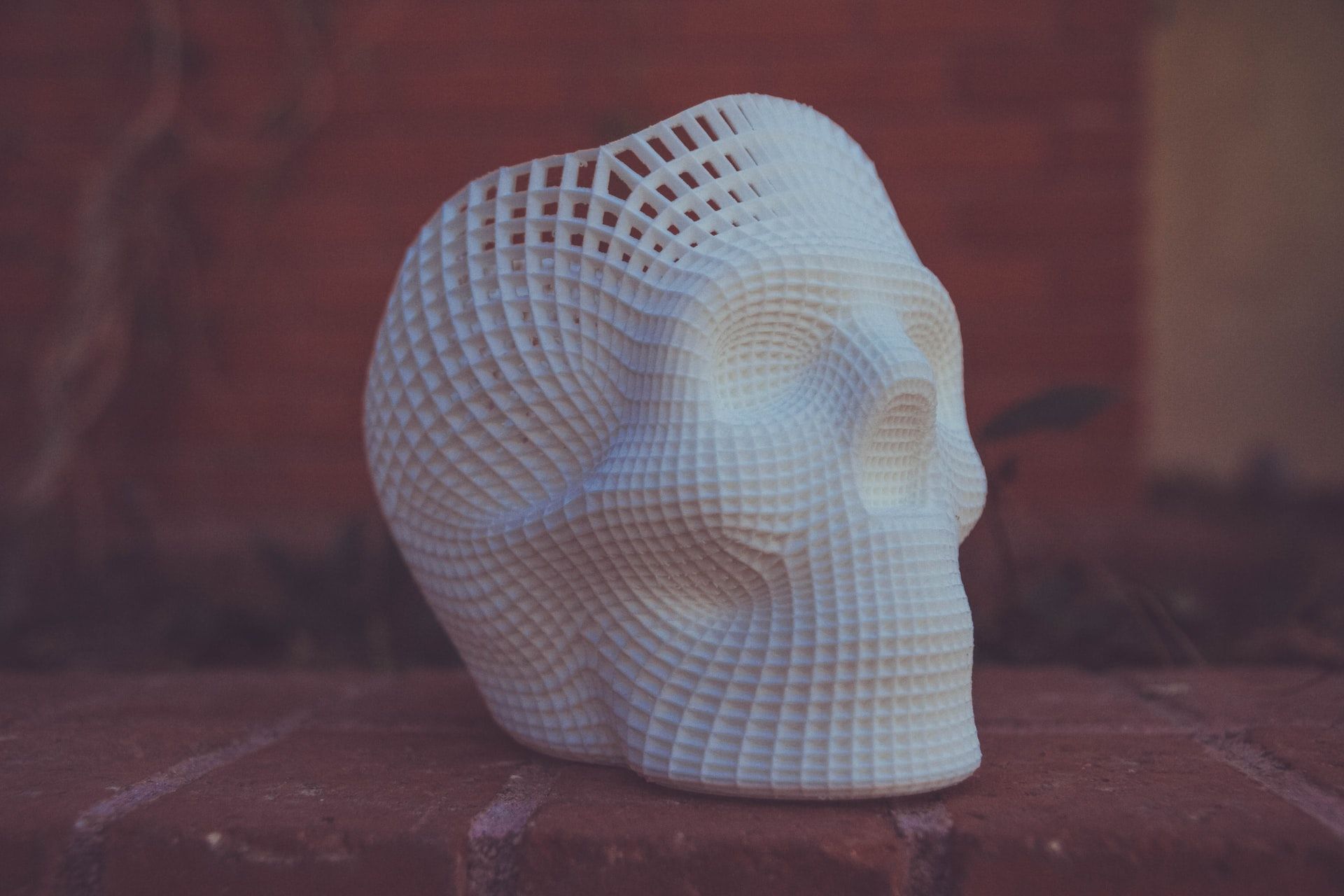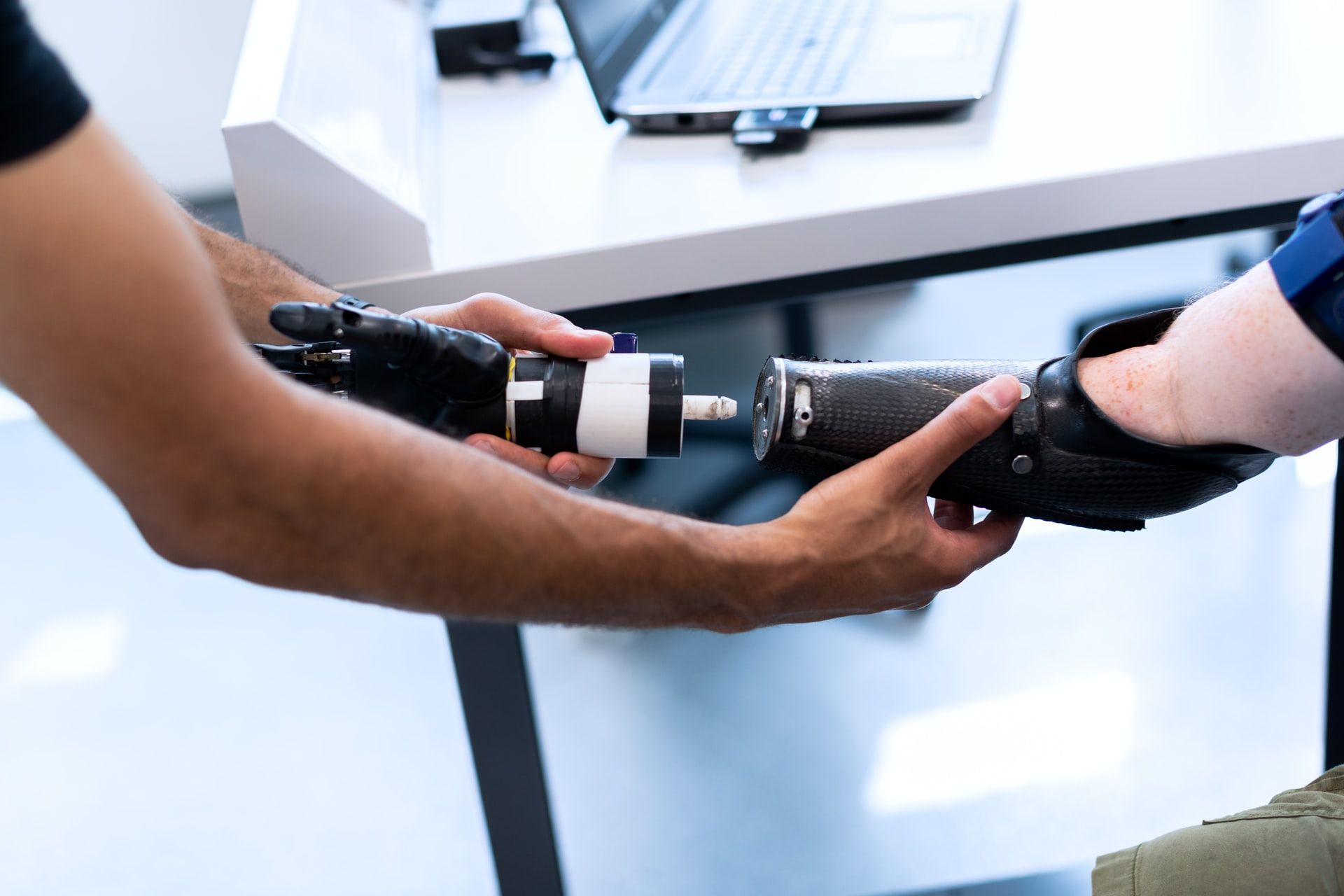It’s well-known that 3D printing gives normal people the power to unleash their creative potential. Alongside this, though, these machines can also come with more practical purposes—and this is clear in the increasingly technological world of modern medicine.
Whether you are printing your own disposable first aid tools or looking to the future, the field of 3D printing in medicine is fascinating. We will be exploring both of these areas in this article to give you a deeper insight into the options available now, plus those that are coming in the future.
First Aid 3D Printing Things to Consider
You have a lot to consider when you are using a 3D printer to create disposable first aid tools. No matter the first aid job you are attempting to perform, you need to guarantee that the tools you are using are safe and fit for the job—while also avoiding any procedures or treatments that should be left to professionals.
- Materials: You can choose from a variety of 3D printing materials online, but not all are safe for use as first aid tools. Biocompatibility is a major factor here, and this is something we have covered in our article about 3D printing filament safety.
- Print Quality: Rough edges, poorly adhered layers, and other 3D printing quality issues can make your first aid tools uncomfortable and even dangerous to use, so you need to make sure that your print quality is high.
Current 3D Printable First Aid Tools
Websites like Thingiverse are packed with countless 3D models in all sorts of shapes and sizes. We’ve found some examples of the best 3D printable first aid tools available for free on sites like these, and you can see the results below.
3D Printable Splints
Splints are one of the oldest first aid/medical tools in the world. Used as a way to immobilize joints, a splint is designed to allow your body to heal as quickly as possible without natural movements causing further damage.
This type of tool is especially important when a bone is broken. However, it can also help with other types of injuries—like torn ligaments and muscles—and is used across the human body.
This simple Finger Splint by i3dKC is designed to be used on fingers, while this Carpal Tunnel Splint by windy98 goes on your wrist, and both are great examples of this type of medical/first aid tool.
Bandage Clips & Dispensers
Bandages are one of the most commonly used first aid tools, and this means that any first aid kit should have them accessible. A bandage dispenser can be an excellent option for those who find it frustrating to deal with loose bandages, and this Bandage Winder from khattoum makes it very easy to apply bandages with the right pressure.
But how are you supposed to attach the end of the bandage once it has been wrapped? A bandage clip, of course! These Tensor Bandage Clips by ksihota are a great place to start, providing an easy way to anchor your bandages without having to use annoying tape.
First Aid Boxes and Kits
A well-organized first aid kit can prove invaluable in an emergency situation, saving the stress of misplaced tools when a person needs help. As you build your own first aid kit, it should be easy to figure out what it needs to contain, and this gives you the chance to find the perfect 3D model to print for the job.
You can find an array of 3D printable first aid containers online, from options like this small Keychain Pill Box by Mister_G to much larger first aid kits, like this video game-inspired Halo Health Pack First Aid Kit by morleykert.
The Future of 3D Printing in Medicine
Healthcare is evolving at a dramatic pace, and the future of 3D printing in the world of medicine is a little more exciting than the options available today. We have only chosen methods and ideas that are already in development or work in some shape or form, but there are theoretical uses for 3D printing that go far beyond the areas below.
3D Printing Human Organs
Many people are unaware, but 3D printable organs already exist, though this idea is in the very early stages of development. In 2019, scientists in Israel were able to produce a functional rabbit-sized heart with blood vessels that acted like the real thing, showing the world that this concept is a real possibility for the future.
3D printing an organ is surprisingly simple, with the 3D printer only performing the initial stages that go into creating a new organ. A frame that matches the shape of a desired organ is 3D printed with traces of tissue from a real organ seeded into it, followed by an incubation period that allows the cells in the tissue to multiply and slowly grow around the frame.
This method is most commonly used for 3D printing hearts, though other methods are being developed for other organs. In the near future, this sort of technology promises to solve the vital organ shortages faced by those in dire need of transplants.
3D Printing Surgical Models
Surgeons have one of the hardest jobs in the world, with a single mistake having the potential to change a patient’s life or even kill them. For this reason, many surgeons will use practice aids to perform mock surgeries before they attempt the real thing, but this is much easier when the tools available perfectly match the body of a patient.
3D printing is set to offer surgeons this very opportunity. With 3D scanners getting more and more accurate, many hospitals are likely to adopt this sort of technology to enable them to 3D print accurate models of their patient's bodies in the future, and this will come with loads of other benefits.
3D Printable Prosthetic Limbs
Modern technology like 3D printing has the power to change the lives of those with physical disabilities like missing limbs. 3D printed prosthetic limbs can be custom-made without anywhere near as much expense as traditional options, while also providing those wearing them the chance to create prosthetic limbs that match their style preferences.
There are several companies out there offering this sort of medical tool to those who need it, but it will take some time before this field is perfected. As time goes by, modern 3D printed prosthetics are giving those with missing fingers, arms, and legs increasingly high degrees of mobility and movement.
3D Printing in the World of Medicine
As time goes by, more and more 3D printing tools are becoming available to doctors, surgeons, and even normal people at home. Of course, though, the real fun comes with designing and printing your own 3D models.

